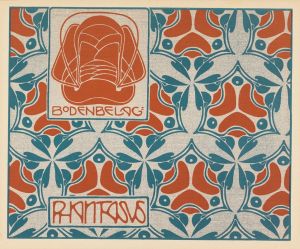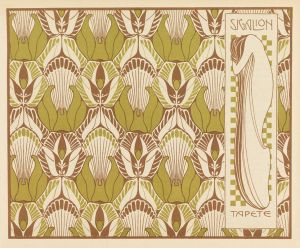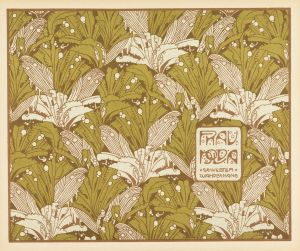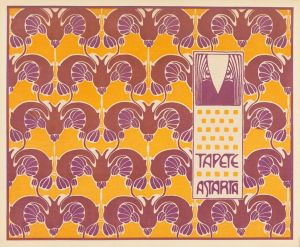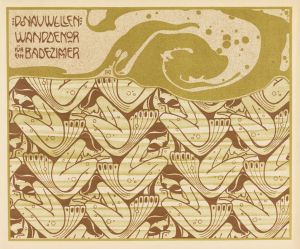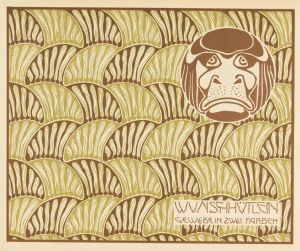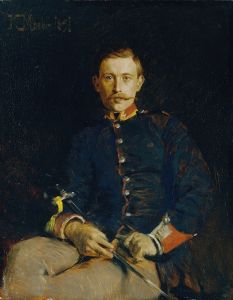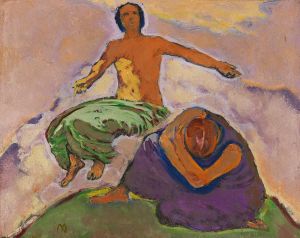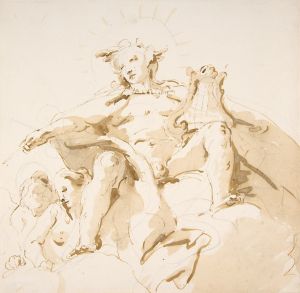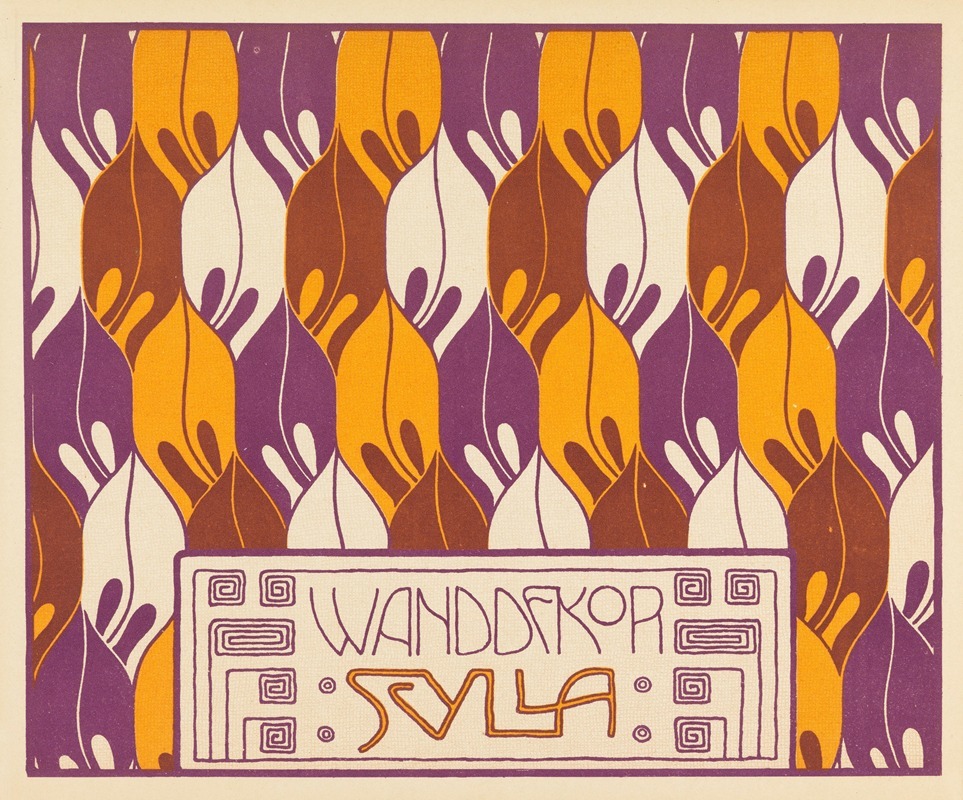
Wanddekor Scylla
A hand-painted replica of Koloman Moser’s masterpiece Wanddekor Scylla, meticulously crafted by professional artists to capture the true essence of the original. Each piece is created with museum-quality canvas and rare mineral pigments, carefully painted by experienced artists with delicate brushstrokes and rich, layered colors to perfectly recreate the texture of the original artwork. Unlike machine-printed reproductions, this hand-painted version brings the painting to life, infused with the artist’s emotions and skill in every stroke. Whether for personal collection or home decoration, it instantly elevates the artistic atmosphere of any space.
Koloman Moser was an influential Austrian artist and designer, known for his significant contributions to the Vienna Secession movement and the Wiener Werkstätte. Among his diverse body of work, "Wanddekor Scylla" stands out as a notable example of his artistic style and vision. This piece exemplifies Moser's innovative approach to design and his ability to blend various artistic disciplines.
"Wanddekor Scylla" is a decorative wall panel created by Moser, reflecting the aesthetic principles of the Vienna Secession, a movement that sought to break away from traditional academic art and embrace a more modern, expressive style. The Vienna Secession was founded in 1897 by a group of artists, including Gustav Klimt, Josef Hoffmann, and Moser himself, who were united by their desire to explore new artistic possibilities and integrate art into everyday life.
Moser's work often featured intricate patterns, bold colors, and a harmonious balance between form and function. "Wanddekor Scylla" is no exception, showcasing his ability to create visually striking compositions that are both decorative and meaningful. The piece likely draws inspiration from classical mythology, as the name "Scylla" refers to a sea monster from Greek mythology, often depicted as a creature with multiple heads and a fearsome appearance. This mythological reference aligns with the Secessionists' interest in exploring themes from ancient myths and legends, reinterpreting them through a modern lens.
The design of "Wanddekor Scylla" likely incorporates Moser's signature use of geometric shapes and flowing lines, creating a dynamic interplay between order and chaos. This balance is a hallmark of Moser's work, reflecting his belief in the unity of art and design. His approach was to create pieces that were not only aesthetically pleasing but also functional, blurring the lines between fine art and applied arts.
Koloman Moser's contributions to the Vienna Secession and the Wiener Werkstätte were instrumental in shaping the direction of modern art and design in the early 20th century. The Wiener Werkstätte, co-founded by Moser and Hoffmann in 1903, was a collective of artists and craftsmen dedicated to producing high-quality, handcrafted objects that embodied the principles of the Secession movement. Moser's work with the Wiener Werkstätte further solidified his reputation as a pioneer in the field of design, influencing generations of artists and designers.
While specific details about "Wanddekor Scylla" may be limited, the piece remains an important part of Moser's legacy, illustrating his innovative approach to art and design. His ability to seamlessly integrate different artistic disciplines and create works that are both beautiful and functional continues to inspire artists and designers today.
Koloman Moser's impact on the art world extends beyond his individual works, as his ideas and principles have left a lasting mark on the development of modern art and design. His dedication to the integration of art into everyday life and his commitment to craftsmanship and quality remain relevant in contemporary discussions about the role of art in society. Through works like "Wanddekor Scylla," Moser's vision of a harmonious and unified artistic expression continues to resonate with audiences around the world.





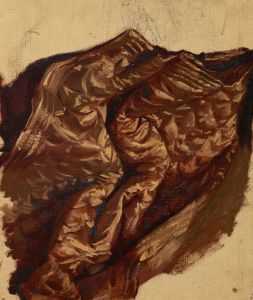

![Miscellaneous small sketches for inlaid table tops.] [Design with red and orange circular motif](/imgs/249440/s/winold-reiss-miscellaneous-small-sketches-for-inlaid-table-tops-design-with-red-and-orange-circular-motif-78ec6d9c.jpg)

